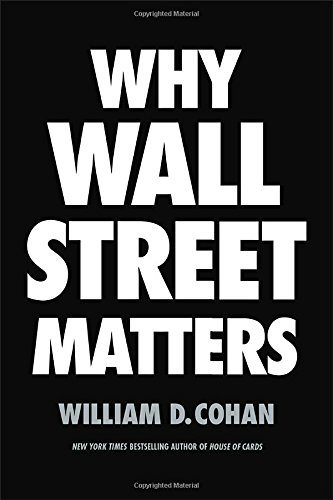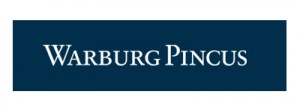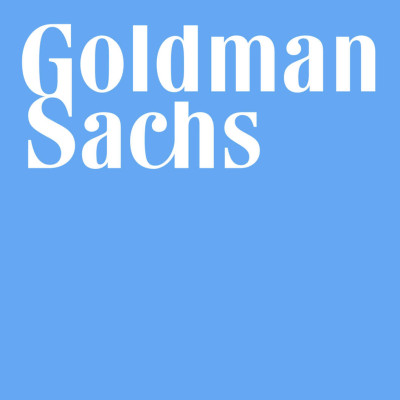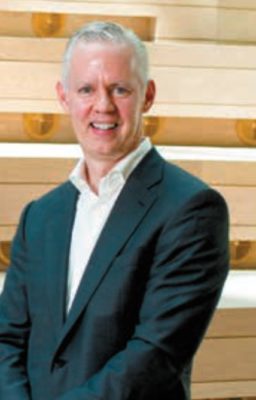Landing a job on Wall Street is the dream of all finance students. Actually walking down Wall Street and visiting firms is certainly the first step to doing it. The Master of Finance (MSF) Boston-New York Roadshow, Oct 30 – 31, served as an eye opener to financial careers in some top financial institutions in various domains like asset management, investment banking, financial software development and trading. Learning about the roles and responsibilities of different positions directly from industry specialists brought our perspectives about careers in finance into focus. And what’s more, going around Boston and New York with a group of like-minded finance enthusiasts and Greg Hutchings (Assistant Dean and Director of Specialized Masters Programs), was never short on fun nor memorable moments!
Guest blogger: Sneha Murali, MSF Quant 2015
Our roadshow started off with a visit to Fidelity Investments in Boston. We had an elaborate schedule at Fidelity comprised of talks by four speakers from the departments of financial solutions, macroeconomic research, portfolio management and quantitative analysis. What enthralled us most about Fidelity was the friendly and outgoing nature of all the speakers. One of the speakers even mentioned that friendliness is a characteristic that they look for in prospective employees!
The highlight of our visit to Fidelity, however, was definitely the tour of their Chart Room. The Chart Room is basically a room filled with price/volume charts stuck on walls all around. Isn’t a sight like that enough to get the adrenaline rushing for a finance aspirant?! All of us were mind-blown when we stepped into the room. A technical analyst from the company walked us through several important charts and explained to us their significance and relevance in today’s economy. On the whole, the four-hour visit to Fidelity reaffirmed our passion for finance and got us all impatient to experience the industry soon.
We traveled to New York by Amtrak the same night. After a long and tiring day, we got back to our rooms only to doze off like a log. A good sleep got us pumped up the next morning to visit some big names in finance in New York.
Our day started off with a visit to Goldman Sachs! We had senior executives from the Goldman Sachs Asset Management division addressed us. The professionalism and organized nature of the whole presentation spoke tons about the maturity of the company. We got detailed insight into financial careers such as strats, asset management, and high frequency trading in Goldman Sachs.
An interesting observation we made was the growing presence of professionals from the field of physics and mathematics in finance. The demand for quantitative skills in the financial industry is growing and this is opening up greater opportunities for students with strong quantitative backgrounds. We also noticed that the element that made them all successful was their passion for finance and continued interest in everyday market events. In fact, several of the speakers emphasized how important it is for us to stay up to date with the trends and happenings in the market.
We next moved on to Sagent Advisors, an investment banking firm where we met up with an alumni panel of masters in finance students over lunch. The alumni were gracious to take time off work to visit us and answer our queries about job search and financial careers. Our MSF alums hold positions with prestigious firms like Credit Suisse, Keefe Bruyette & Woods; Sentinel Capital Partners, and Andersen Tax, LLC. It was great to hear how the Olin MSF helped them get to their current positions.
Next, we moved to Numerix, a financial software firm. During the one hour presentation, we learned about the Numerix platform, its applications and its use in academia and industry. We were also introduced to the role of a quantitative analyst at Numerix that requires an interesting mix of finance and programming knowledge.
Our last firm for the day was Citigroup. We were taken to the 30th floor where we had a stunning view of the New York skyline. We were welcomed by a senior HR executive and were introduced to a group of analysts who had recently begun their careers in Citigroup. We had an open networking session with all of them whereby we got an opportunity to clarify our individual questions about life in investment banking, life at Citigroup, transition from school to workplace etc.
At around 5pm, our roadshow came to an end. The experience was that of having been in a totally different world for two days. It was insightful, educational and motivational. We got a sense of our fit in the industry and realized how much more there is to learn in the vast world of finance. By connecting with industry professionals and networking with them, we also secured some valuable contacts that will be helpful as we learn more about companies later.
With mixed emotions, we parted from the venue only to enjoy New York in a different light for the rest of the evening. A very special thank you to Greg Hutchings, the Assistant Dean & Director of Graduate Programs in the Olin Business School, the Specialized Masters Programs office, Annetta Culver in the Weston Career Center and Michelle Hoerber-MSF Quant student for making it an easy step for us.
 Cohan was a headline speaker at the conference sponsored by the Wells Fargo Advisors Center for Finance and Accounting Research held Aug. 22-23. Cohan’s current career involves writing books about how big finance works behind the headlines. Cohan discussed his latest work, Why Wall Street Matters, with Rich Ryffel, senior lecturer in finance.
Cohan was a headline speaker at the conference sponsored by the Wells Fargo Advisors Center for Finance and Accounting Research held Aug. 22-23. Cohan’s current career involves writing books about how big finance works behind the headlines. Cohan discussed his latest work, Why Wall Street Matters, with Rich Ryffel, senior lecturer in finance.




 The next presentation came from Jim Wilson and Dr. Ruediger Stuecke from
The next presentation came from Jim Wilson and Dr. Ruediger Stuecke from 



